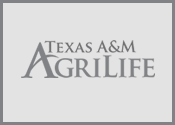
Next Texas A&M AgriLife “First Tuesday” Hemp Zoom Update Our next meeting is Tuesday, July 5, 5:15-6:30 PM. Register in advance for this meeting: https://agrilife.zoom.us/meeting/register/tJ0td-6rrjsjH9WmoXz4dmBB3zu6-_-mCzLI After registering, you will receive a confirmation email containing information about joining the meeting. It has been a hot summer for hemp… Temperatures in much of Texas couple with lack of rainfall in many areas is making hemp production tough. What we are experiencing this year in cannabinoid, fiber, and grain hemp is not unlike conditions in the Yuma, AZ area in 2021. … Read More →